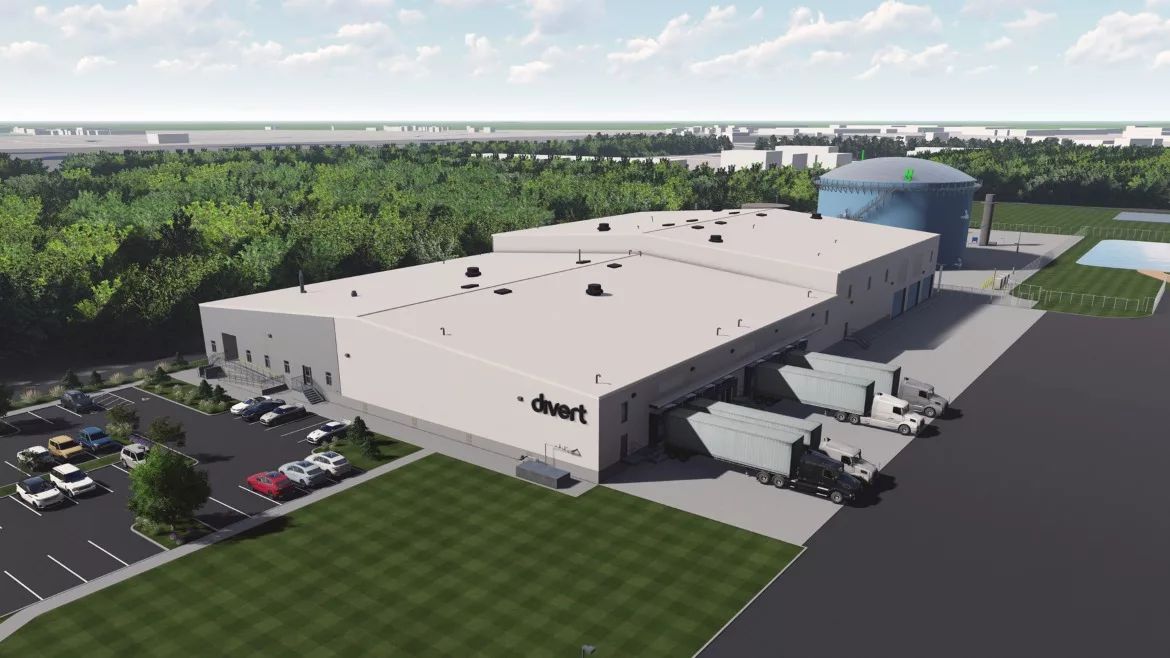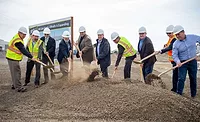Groundbreaking
Divert Breaks Ground on Renewable Energy Facility in Washington State

Divert, Inc. announced the groundbreaking on its Integrated Diversion & Energy Facility in Longview, Wash., the first-of-its-kind in the state. The new facility is expected to have the capacity to process 100,000 tons of wasted food a year from Washington and Oregon into carbon negative renewable energy, bringing the region closer to its goals to reduce wasted food and greenhouse gas (GHG) emissions.
“Divert is at the forefront of the fight against wasted food, driving significant progress across the U.S., and now in a first for the state of Washington,” says Ryan Begin, CEO and cofounder, Divert. “Leveraging 16 years of leadership and knowledge in the industry, our company is eager to support businesses across Washington and Oregon in preventing waste and complying with food waste legislation. This is an important moment for Divert and the Pacific Northwest in driving transformative change for the industry and solidifying our commitment to a waste-free world.”
Washington generates more than 2.7 million tons of wasted food annually, of which approximately one million goes to landfill and 47% is still edible food. In Oregon, 1.11 million tons of wasted food were generated in 2021, with nearly 30% going to landfill. The Longview facility will enable Pacific Northwest commercial waste generators and local jurisdictions to address this problem and comply with Washington’s HB 1799 legislation and Organics Management Law as well as Oregon Metro’s Food Scraps Policy. The facility will be able to accept wasted food from retail food customers as well as agricultural food producers, industrial food manufacturers, local jurisdictions, restaurants, foodservice, institutional or commercial waste generators.
The 66,000-sq.-ft. facility will provide companies with data to take preventative steps to waste less and donate more food that is still edible. Leveraging Divert’s proprietary depackaging process and anaerobic digestion, the facility will also transform waste from retailers and other companies into carbon negative renewable energy. Once operational in 2024, the facility will be able to offset up to 23,000 metric tons of CO2 a year at full processing capacity, equivalent to removing 5,000 gas-powered cars from the road annually.
Divert and energy infrastructure company, Enbridge Inc., are expecting to invest nearly $100 million into the project and the local economy.
Looking for a reprint of this article?
From high-res PDFs to custom plaques, order your copy today!





-Revalyu-groundbreaking-ceremony.webp?height=200&t=1696873309&width=200)


